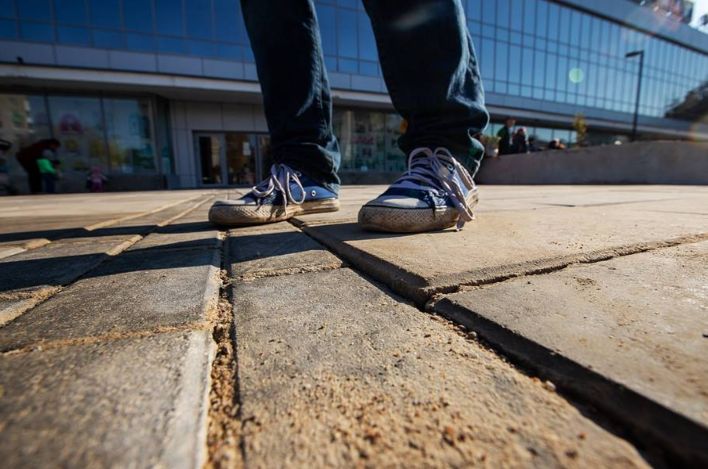Bruce v Apex Software Pty Limited t/as Lark Ellen Aged Care [2018] NSWCA 330
Case Summary
- Introduction
- This Court of Appeal decision reaffirms that a reasonable response to a risk of harm (in this case a 10-20mm height differential in a car park surface), even by an occupier of commercial premises, may be to do nothing.
- Facts
- The Plaintiff tripped outside the entrance to an aged care facility operated by the Respondent. The Plaintiff tripped in the carpark area, the surface of which consisted of large, flat concrete slabs boarded by rows of red bricks. There were height differences of 10‑20mm between the edges of the concrete and brick pavers, which had likely been present since 2000 or earlier. Current employees of the Defendant gave evidence that they had not received any complaints about the surface or reports of any falls going back as far as 1998. An assistant nurse undertook twice-yearly inspections to identify safety risks, and did not consider there to be a trip hazard as she considered the height differentials to be minimal.
- Section 5B of the Civil Liability Act 2002 (NSW)
- Section 5B of the CLA states that:
“(1) A person is not negligent in failing to take precautions against a risk of harm unless:
(a) the risk was foreseeable (that is, it is a risk of which the person knew or ought to have known), and
(b) the risk was not insignificant, and
(c) in the circumstances, a reasonable person in the person's position would have taken those precautions.
(2) In determining whether a reasonable person would have taken precautions against a risk of harm, the court is to consider the following (amongst other relevant things):
(a) the probability that the harm would occur if care were not taken,
(b) the likely seriousness of the harm,
(c) the burden of taking precautions to avoid the risk of harm,
(d) the social utility of the activity that creates the risk of harm.”
- DISTRICT COURT DECISION
- The trial judge, Dicker SC DCJ, in dealing with s 5B of the CLA, found as follows:
- The risk to the Plaintiff of falling on the raised concrete lip was foreseeable.
- Having regard to the lack of any prior injury or complaints, the risk of falling in the circumstances of the present case was not significant in the circumstances of a pedestrian looking where they were going, having regard to the height differential of 10-20 mm.
- A reasonable person in the Defendant’s position would not have taken the precautions prior to the accident of raising the pavers, even taking into account it was a commercial facility which had visitors who were elderly. To use the words of Callinan and Haydon JJ in Neindorf v Junkovic [2005] HCA 75, “the nature and extent of the danger were minor, obvious and of a kind which were unexceptionally encountered in outdoor areas”.
- For the above reasons the trial judge found in favour of the Defendant, and the Plaintiff appealed to the Court of Appeal.
- The trial judge, Dicker SC DCJ, in dealing with s 5B of the CLA, found as follows:
- COURT OF APPEAL DECISION
- In upholding the trial judge’s decision, and dismissing the appeal, Meagher JA, on behalf of the unanimous Court of Appeal, held the following:
- Any risk of tripping created by the height difference was “insignificant” given its obviousness and the remoteness of the likelihood that a pedestrian would fail to observe and account for it, noting the difference in height, surface materials, and colouring.
- As the risk was obvious within s 5F of the CLA there was no obligation for the Defendant to have warned of the risk.
- A reasonable person in the Defendant’s position would not have taken action to reduce the unevenness in question, and the trial judge rightly took into account the fact that the Defendant undertook regular inspections of the area, and its longstanding use without incident.
- In upholding the trial judge’s decision, and dismissing the appeal, Meagher JA, on behalf of the unanimous Court of Appeal, held the following:
- Implications
- The decision is an important one as it reaffirms that just because relatively simple and inexpensive actions can be taken to eradicate a risk of harm, a reasonable response to any risk may in fact be to do nothing, taking into account s 5B of the CLA.
- In this case the 10-20 mm height differential, a not uncommon feature facing many defendants, was held to be large enough that it was obvious to the Plaintiff if paying attention, yet not so large that it mandated any action by the Defendant.
By Nicholas Gordon, Special Counsel


